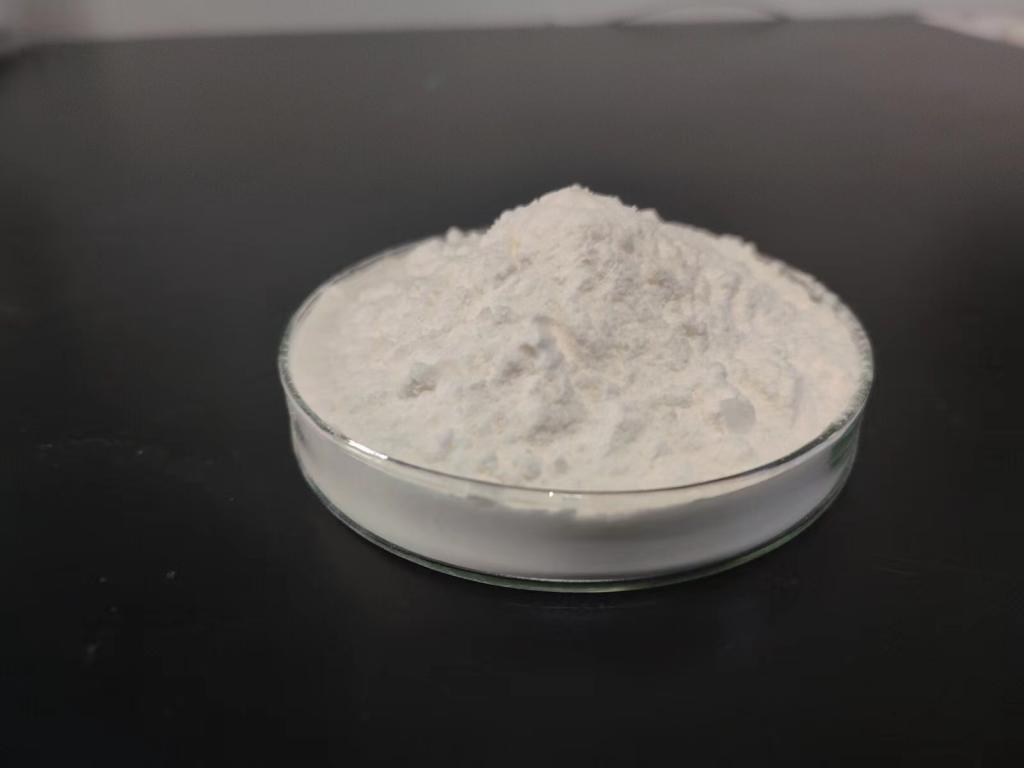Tel:0086 18231198596

News
Current Position:
Home >
News
>ε-Polylysine Hydrochloride: A Natural Hero in the Quest for Safer, Healthier Food
ε-Polylysine Hydrochloride: A Natural Hero in the Quest for Safer, Healthier Food
TIME:2023-12-28
I. The Rise of Food Safety Concerns:
A. Consumer Awareness:
With an increasing emphasis on health and well-being, consumers are becoming more discerning about the safety of the food they consume. Reports of foodborne illnesses, contamination scandals, and the presence of synthetic additives have heightened awareness, prompting a shift in consumer preferences towards safer and more transparent food options.
B. Regulatory Scrutiny:
Governments and regulatory bodies worldwide have responded to these concerns by implementing stringent measures to ensure the safety of food products. This has led the food industry to seek innovative solutions that not only meet regulatory requirements but also resonate with consumer expectations for clean, natural, and minimally processed foods.
II. ε-Polylysine Hydrochloride: Nature's Shield Against Harmful Microorganisms:
A. Natural Origins:
ε-Polylysine Hydrochloride, derived from the fermentation of Streptomyces albulus, stands out as a natural hero in the realm of food safety. This compound, consisting of lysine residues linked by epsilon bonds, has been harnessed for its remarkable antimicrobial properties, offering an alternative to synthetic preservatives.
B. Antimicrobial Mechanism:
The mechanism of action of ε-Polylysine Hydrochloride involves disrupting the cell membranes of bacteria and fungi. This targeted approach inhibits the growth of harmful microorganisms, providing an effective shield against spoilage and pathogens. Unlike some synthetic preservatives, ε-Polylysine Hydrochloride demonstrates selectivity, sparing beneficial microorganisms that contribute to the overall safety and quality of food.
III. Applications in Ensuring Food Safety:
A. Meat and Poultry:
The meat and poultry industry, often challenged by the risk of bacterial contamination, has embraced ε-Polylysine Hydrochloride as a natural solution. Its efficacy against a spectrum of bacteria ensures the safety and shelf life extension of meat products without resorting to synthetic antimicrobials or excessive use of antibiotics.
B. Seafood Industry:
In the seafood industry, where the delicate nature of products makes them susceptible to rapid deterioration, ε-Polylysine Hydrochloride offers a protective shield. By inhibiting the growth of spoilage microorganisms and pathogens, it ensures that seafood reaches consumers with optimal freshness and safety.
C. Dairy Products:
Dairy products, prone to contamination by bacteria and molds, benefit from the antimicrobial properties of ε-Polylysine Hydrochloride. Its application in preserving the quality of milk, cheeses, and other dairy items addresses both safety concerns and the desire for clean-label alternatives.
D. Fresh Produce:
Fruits and vegetables, integral components of a healthy diet, are also subject to microbial contamination. ε-Polylysine Hydrochloride plays a crucial role in extending the shelf life of fresh produce, safeguarding their nutritional value and reducing the incidence of foodborne illnesses associated with raw consumption.
IV. Clean-Label Appeal and Consumer Health:
A. Meeting Clean Label Trends:
Consumers are increasingly drawn to products with transparent ingredient lists, leading to the rise of the clean-label movement. ε-Polylysine Hydrochloride, being a natural compound derived from microbial fermentation, aligns seamlessly with this trend. Its incorporation into food formulations allows manufacturers to meet consumer expectations for clean and easily recognizable ingredients.
B. Minimal Impact on Taste and Texture:
One of the challenges associated with some preservatives is their potential to alter the taste and texture of food products. ε-Polylysine Hydrochloride distinguishes itself by exerting minimal impact on the organoleptic properties of food. This ensures that the natural flavors and textures of the products are preserved, contributing to a positive and health-conscious eating experience.
C. Health Benefits Beyond Preservation:
Beyond its role as a preservative, ε-Polylysine Hydrochloride may offer additional health benefits. Lysine, a key component of ε-Polylysine, is an essential amino acid that plays a crucial role in protein synthesis and immune function. While further research is needed to fully understand these potential health benefits, the natural origins of ε-Polylysine Hydrochloride make it an intriguing candidate for healthier food formulations.
V. Safety and Regulatory Considerations:
A. Regulatory Approvals:
The safety of any food additive is paramount, and ε-Polylysine Hydrochloride has undergone rigorous testing to secure regulatory approvals in various regions. Its recognition as a safe and effective preservative underscores its potential to contribute to food safety without compromising consumer health.
B. Allergenicity and Sensitivity:
Concerns about allergenicity and sensitivity are crucial considerations in the evaluation of food additives. ε-Polylysine Hydrochloride exhibits a low allergenic potential, making it suitable for individuals with various dietary preferences and restrictions. However, like any ingredient, it is essential for food manufacturers to communicate its presence for the benefit of consumers with specific sensitivities.
VI. Future Perspectives and Challenges:
A. Expanding Applications:
As the food industry continues to evolve, researchers and food technologists are exploring new applications of ε-Polylysine Hydrochloride. Its potential use in diverse food matrices and the development of innovative formulations hold promise for expanding its role beyond traditional applications.
B. Overcoming Formulation Challenges:
While ε-Polylysine Hydrochloride offers numerous advantages, challenges remain in optimizing its formulations for different food products. Achieving the right balance of stability, solubility, and effectiveness in diverse matrices is an ongoing area of research and development.
Conclusion:
In the quest for safer, healthier food options, ε-Polylysine Hydrochloride emerges as a natural hero, providing a powerful tool for food safety without compromising the principles of clean labeling. Its antimicrobial properties, natural origins, and minimal impact on taste and texture position it as a versatile and sustainable solution for the food industry. As consumers continue to prioritize health and transparency, ε-Polylysine Hydrochloride is poised to play a pivotal role in shaping the future of food formulations, contributing to a safer and more health-conscious global food supply.

 CONTACT
CONTACT




